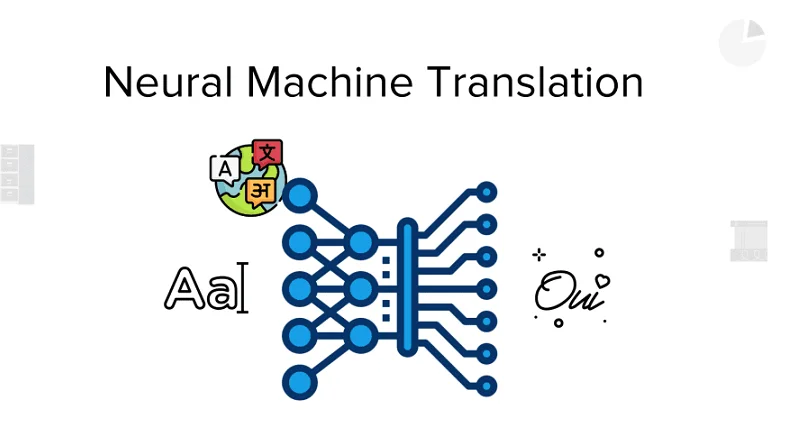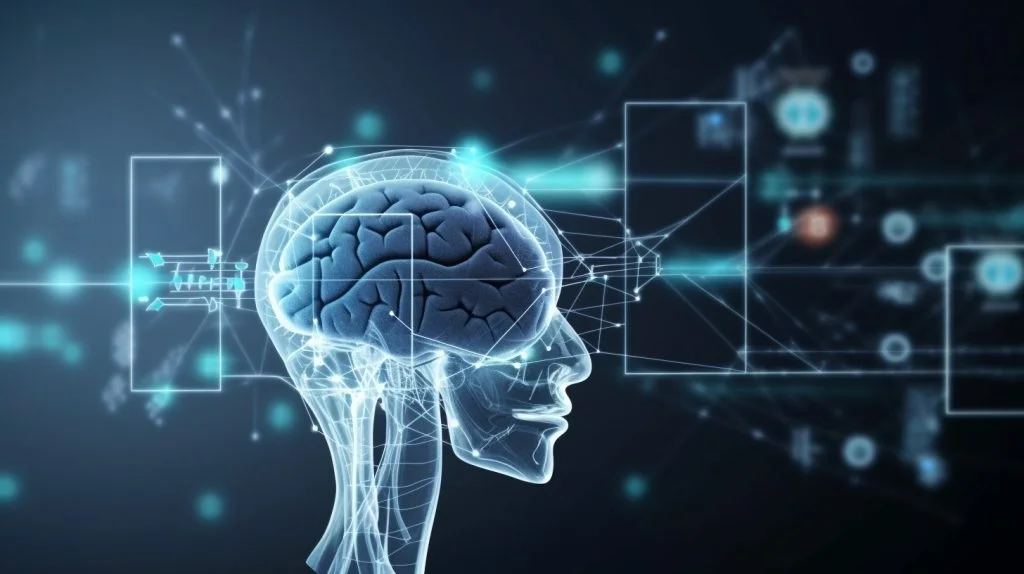Communication across languages and cultures has become crucial in our interconnected society. Bridging language barriers is essential for businesses, governments, and individuals alike.
This is where artificial intelligence (AI) has made advancements, revolutionizing the field of language translation. AI-powered translation tools have made our world more accessible and connected.
Thanks to AI-driven translation tools, including a growing list of AI tools, our global society has become more accessible and interconnected. Businesses, governments, and individuals can now connect with others worldwide, fostering cooperation and understanding.
These innovations have opened new doors for international collaboration and enriched our personal experiences, allowing us to connect with people from various corners of the world.
Understanding The Challenges
Language serves as a means to express thoughts, ideas, and emotions. However, the differences in grammar, syntax, idioms, and cultural nuances among languages pose challenges for translation.
Traditional computer-based translation methods that relied on rules or statistics struggled to capture the intricacies of language.
This is where AI comes into play by empowering translation systems to learn and improve. By utilizing machine learning and Natural Language Processing (NLP) techniques, AI translation tools can grasp context, identify patterns, and enhance accuracy with each interaction.
Must Read: ChatGPT Voice Assistant: ‘See’ and ‘Talk’ Feature of OpenAI
The Emergence Of Neural Machine Translation

Neural Machine Translation (NMT) has significantly transformed the field of language translation. Unlike models, NMT utilizes neural networks to determine the most optimal translations. These networks undergo training on data that enables them to understand the relationships between input and output sentences.
NMT has revolutionized translation quality, resulting in sentences that sound more natural and effectively convey the intended meaning. By considering the context of the text and taking into account subtle language nuances, NMT systems excel at facilitating language communication.
Enabling Real-Time Communication
One of the aspects of AI-powered translation is its ability to facilitate real-time communication between individuals who speak languages. Thanks to real-time translation apps and platforms, language is no longer a barrier to engaging in conversations. These tools swiftly convert words from one language to another, enabling people to communicate.
Real-time translation apps prove invaluable in scenarios such as business meetings, conferences, and travel situations. With their ability to instantaneously translate languages on the go, these AI-powered tools enhance collaboration efforts and foster global connections.
Also Read: How to Make Money with ChatGPT
Enhancing Accuracy and Consistency In Translations
AI-powered translation tools make language communication and strive for accurate and consistent translations. These systems continuously improve their translation capabilities through learning and training on amounts of data.
However, it’s important to acknowledge that while AI translation has made progress, it does have limitations. Certain language combinations may still present challenges, especially when dealing with languages that have structures or idiomatic expressions.
Despite the advancements in AI language translation, we are getting closer to a future where language barriers no longer pose a problem.
Preserving Cultural Nuances
Language facilitates communication and carries the weight of culture, history, and identity. When translating texts, it is crucial to maintain the subtleties and essence of the language. AI-powered translation systems are designed to consider these factors and provide translations that stay true to the intended message.
However, capturing nuances entirely can be challenging at times. This is why human involvement remains crucial in the translation process. Human translators and editors have a role in refining translations, ensuring accuracy, and preserving relevance. We can achieve cross-cultural understanding by combining AI technology’s strengths with expertise.
Conclusion
The revolution brought about by AI-powered language translation has revolutionized how we communicate across languages and cultures. With advancements in machine learning and natural language processing (NLP), AI-powered translation tools are becoming more accurate, efficient, and easily accessible. Real-time translation applications and platforms facilitate communication by breaking down language barriers in situations.
However, it’s important to remember that AI translations can only partially replace expertise. Human involvement remains essential for achieving translations.
AI translation has made progress and has the potential to bridge communication gaps worldwide. It plays a role in promoting understanding, connecting people, and fostering appreciation. AI is breaking down barriers through its language translation capabilities, creating an interconnected world.




